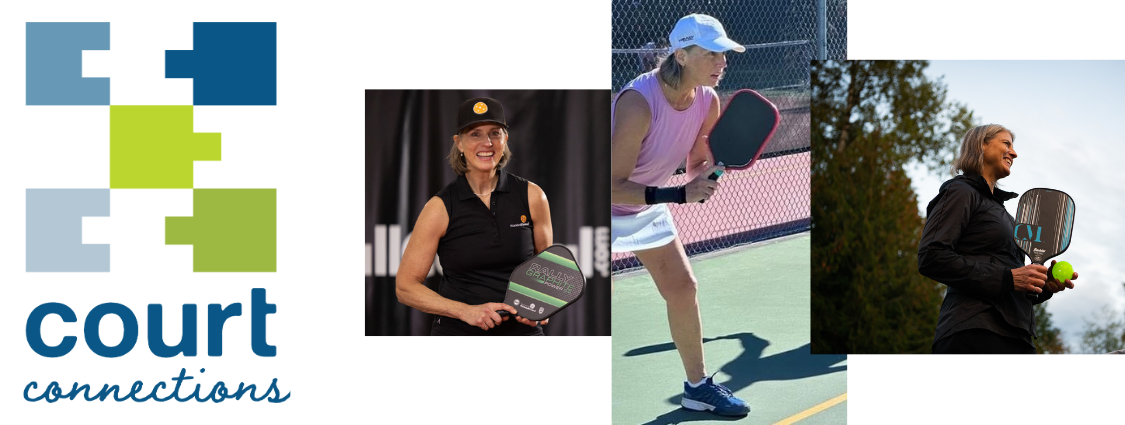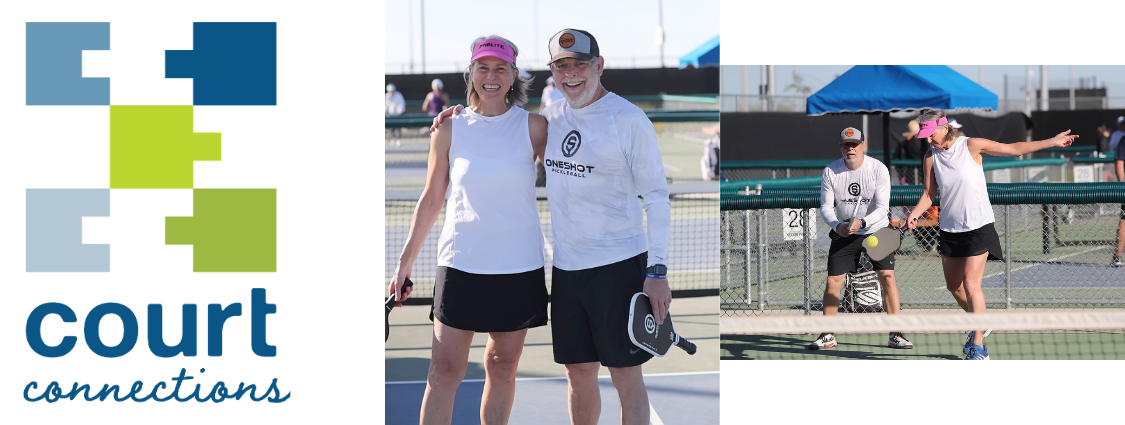In the pickleball community, injuries can be a tough hurdle to overcome, especially for active players who spend countless hours on the court. Today, we’re sharing the inspiring story of one of our own, Karen Thomas an employee at Pickleball Central, who faced a challenging wrist injury and worked tirelessly to make her way back to the game she loves. This story reflects not only her dedication but also the resilience that so many in the pickleball world show when overcoming setbacks. Through patience, perseverance, and the support of her community, she has returned to the court with a new outlook and renewed appreciation for the sport.

1. How did your wrist injury occur, and what was it like having to take time off from playing pickleball?
A little over a year ago my right wrist (I’m right-handed) started rather suddenly to feel very painful, especially when I played pickleball. Over the course of several weeks the pain increased to the point where it hurt all the time even with just basic everyday movements and at night, keeping me awake. There was not one moment that caused the injury (to my knowledge); it was presumably due to overuse. After some appointments with an orthopedic hand and wrist specialist I was diagnosed with a torn ECU (extensor carpi ulnaris) tendon, apparently a common injury in athletes who play sports that involve repetitive wrist movements such as tennis, golf, water polo… and pickleball.
2. As an active player in both recreational and tournament play, what challenges did you face mentally and physically during your recovery?
It was very difficult physically and socially to have to stop playing since pickleball is such a major part of my life. I had to take three months off with no playing at all during the late summer/early fall, which also meant I had to withdraw from Nationals and several other tournaments I had been looking forward to playing in. It was hard not to feel isolated from not being on the courts several times a week with my pickleball friends, and it was difficult to keep my physical activity up the level that keeps me feeling good since I couldn’t do anything that involved moving my right wrist. I took a lot of walks and did some swimming (kicking only) but I missed the social and strategic aspects of pickleball a lot.

3. How did your time away from pickleball impact your connection with the sport and your pickleball community?
I was very touched by how many of my pickleball friends reached out during the time that I couldn’t play and invited me out for coffee, lunch, walks and other things. They knew I was missing seeing everyone and it was so nice of them to make efforts to include me in social activities even though I couldn’t play pickleball. As the time stretched on that I couldn’t play, sometimes I started going to the play sessions with my pickleball groups and bringing snacks or just hanging out to watch my friends play so that at least I could see people and keep in touch even though I wasn’t able to be on the courts myself.
4. What was the most important part of your recovery process, and how did you stay motivated to return to the court?
The most important thing during my recovery was patience. I had to keep reminding myself to stay patient and focused on the long-term goal of healing. There were many times when I was tempted to return to the courts earlier than advised by my doctor but I kept reminding myself that in the long run it would be better to wait to make sure that I was fully healed rather than risk going back too soon, potentially resulting in an even longer recovery period.
5. Were there any specific products that helped you get back to the court or any PT that you did?
I did some physical therapy and found a few different wrist braces that help support my wrist. One of the things I wear now when I play is the OS1st WS6 Pickleball Wrist Brace.
The medical treatment that really seemed to make the difference was a PRP (platelet-rich plasma) injection. It took about 2-1/2 months for that healing to take effect after the injection, but the wait was worth it.
Shop all braces from OS1st
6. Now that you're back playing, how has your injury experience changed the way you approach pickleball, both in terms of play and injury prevention?
I am now more conscious and grateful for every day that I get to play and don’t take it for granted. Even though this was not my first injury that forced me to take a few months off, the pain was so severe and I was so afraid that it wasn’t going to get better and I might never be able to play again, that now that I am back on the courts I feel extremely thankful that I am able to play the sport I love.
I still get some pain if I overdo it, so this injury has also taught me to pay more attention to listening to my body. Instead of pushing it beyond its limits and frequently playing for 3-4 hours for many consecutive days, I now more often play for 2-3 hours and take a few days off throughout the week to give my body time to rest. I also always wear a wrist brace now to support my wrist since I can tell it is not as stable as it used to be.
Lastly, I’ve made changes to my pickleball stroke mechanics as a result of this injury. I think my ECU tear may have been somewhat caused or exacerbated by doing a lot of wrist flicking on my backhand volleys – I had really been working on the backhand flick volley and making that one of my shots in the year or so prior to my injury. I love that shot, but I’m trying to be more conscious of not flicking my wrist so much, to avoid the snapping motion that hurts my wrist. The next step I have in mind is to work on developing a two-handed backhand; with my left hand supporting my backhand I would flick my wrist even less which would presumably help prevent further damage and discomfort to my right wrist.

Shop all injury prevention and recovery products: HERE
Injuries can be daunting, but as we've learned through this inspiring journey, they can also teach us valuable lessons about patience, perseverance, and taking care of our bodies. This story is a testament to the power of community, the importance of listening to your body, and the joy of returning to the sport you love. If you're facing your own setback, know that there is a path forward—one that can lead you back to the court stronger than before.
Submit your story HERE
September Court Connections sponsored by Skechers Performance
Share Product:
SHARE THIS:


